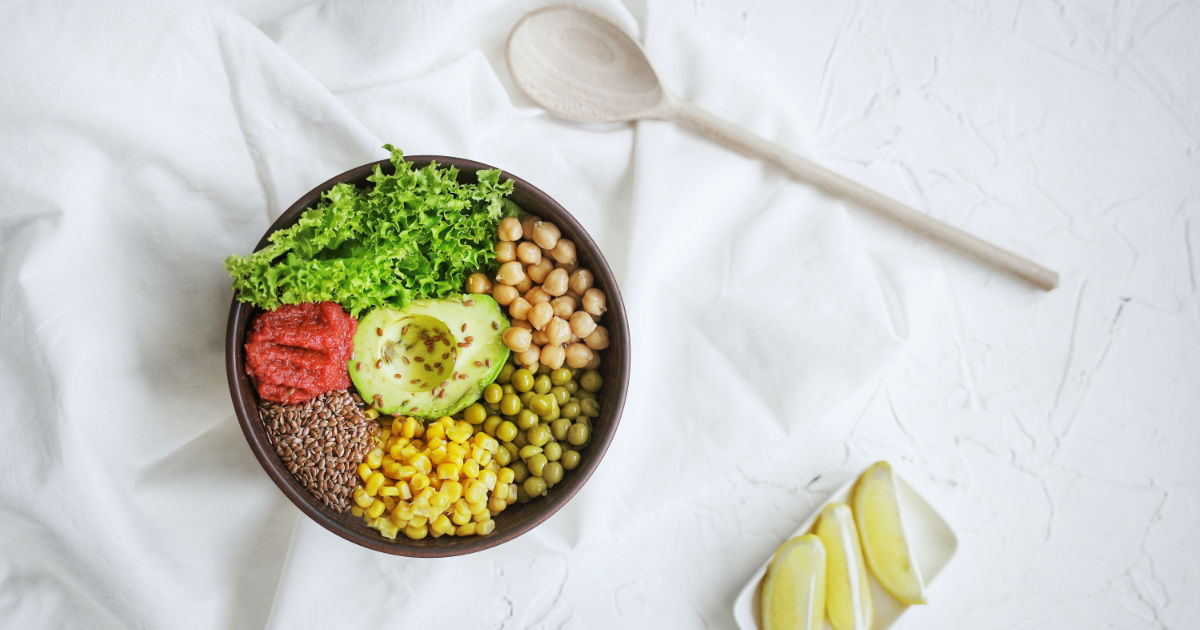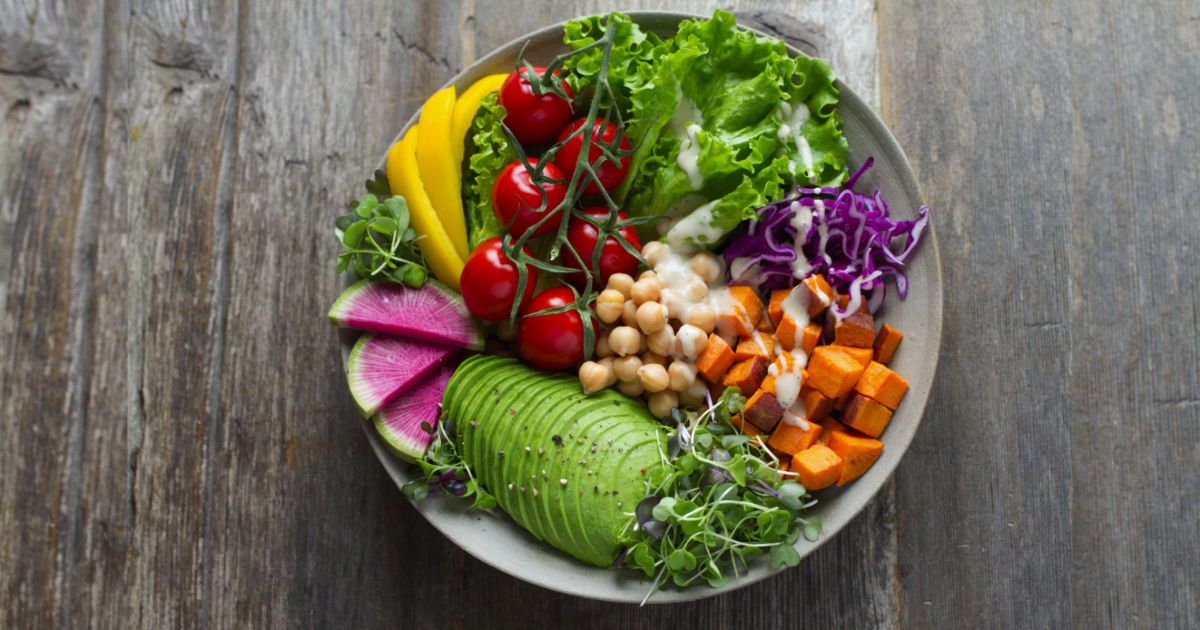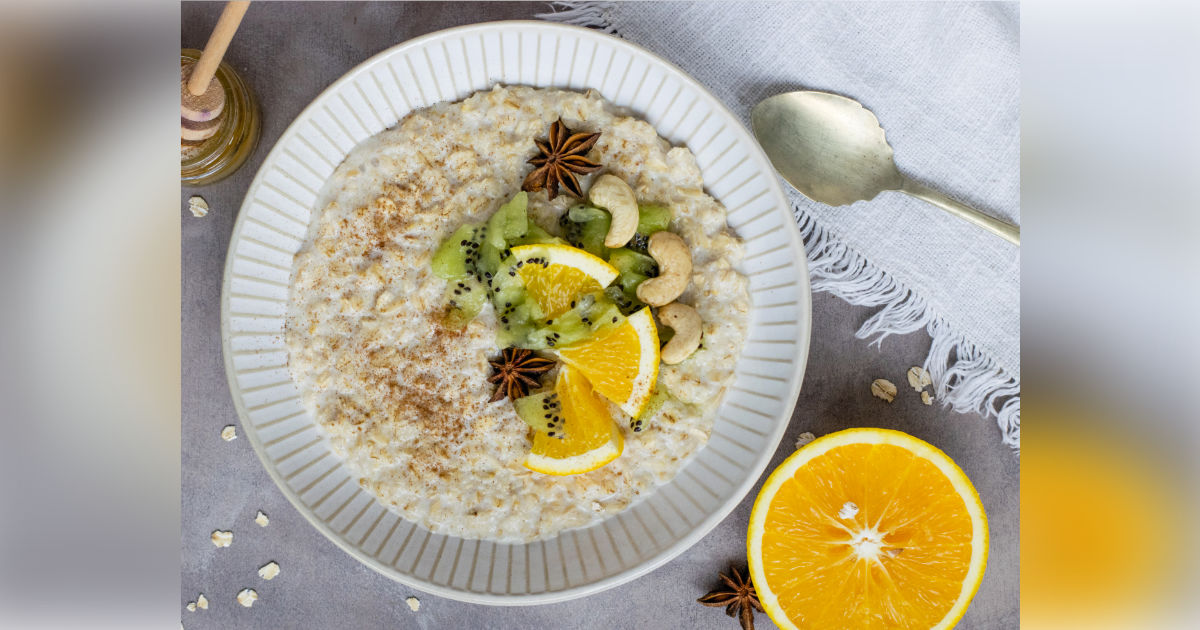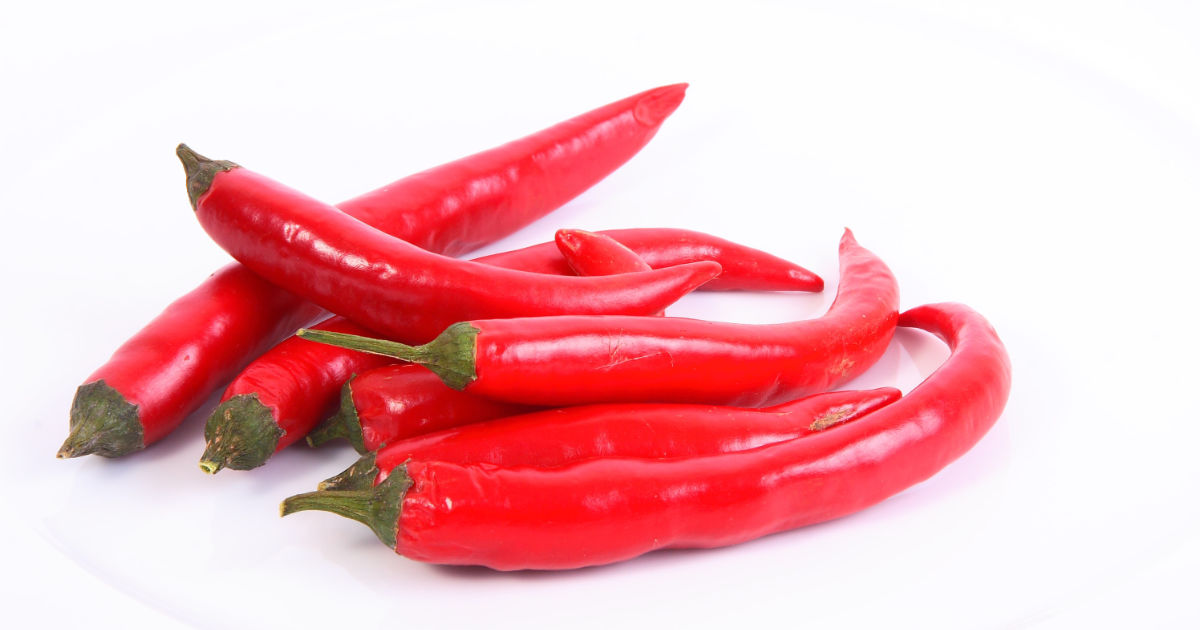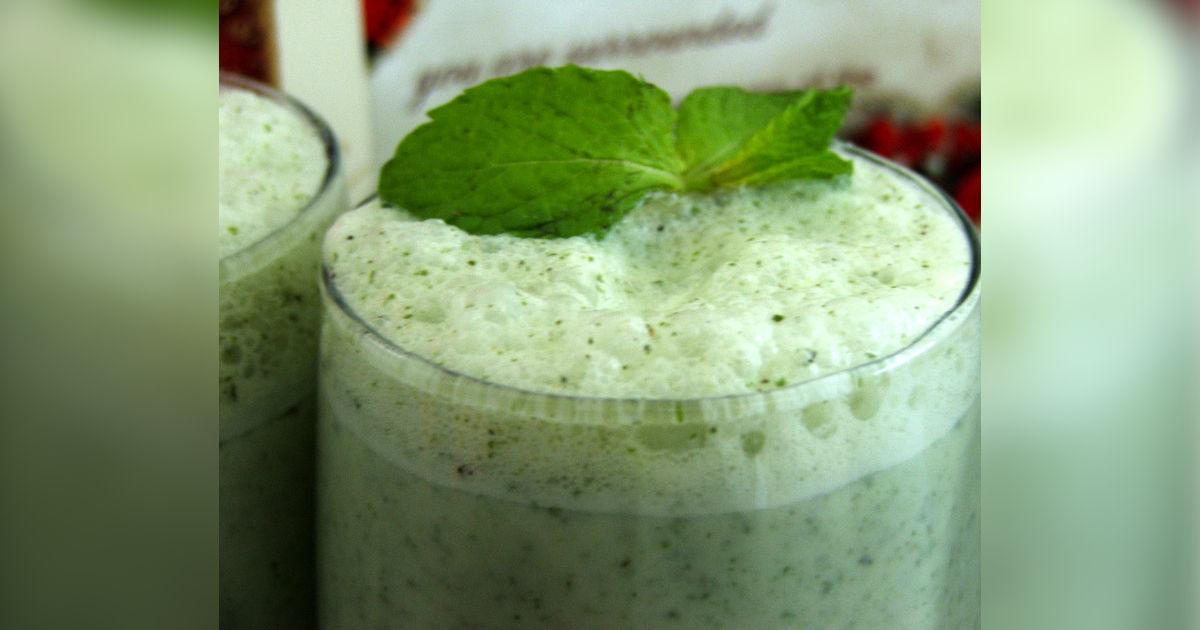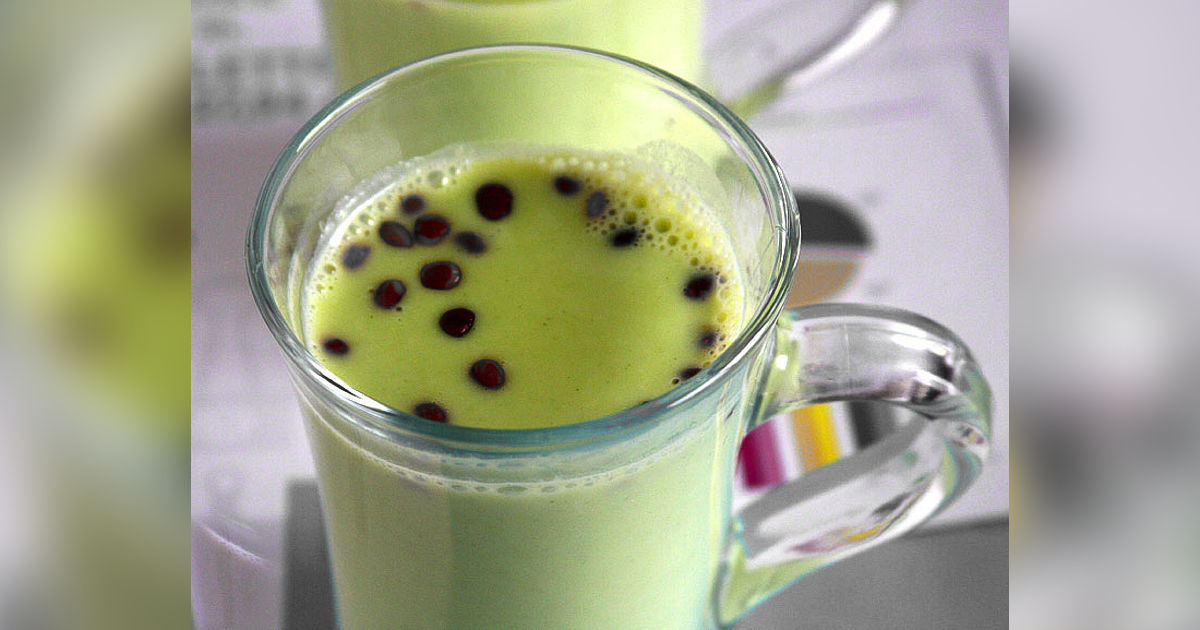There are seven seas within this water pot (body)
Some are sweet, some are salty.
In this body there are nine hundred thousand jewels,
Some are emeralds, some are diamonds, some are pearls.
O avadhoot! There is blinding darkness within this pot.
The creator is within. – KabirdasHaving become the fire of life, as Vaishvanara, I (atma) reside in the body of all living beings, and united with Prana and Apana, it is I who digest and assimilate the four kinds of food. – Bhagavad Gita (15:14) Sri Krishna
Tag Archives: food
559 – Meditation on Food and Drink
How is it possible to meditate on food and drink? When one thinks of the amount of time one spends on the planning, purchasing and cooking of it, it’s a great deal of energy. It is important for us to do so as our body and mind need fuel. This fuel has to be healthy and pure, and one should think of one’s body as a temple. Continue reading
285 – Develop a healthy respect for your food
Eat your food with bhavana (feeling), as a blessing. When you eat your meal, develop respect for what you are eating. Pause and think where your food came from. Where did the wheat grow for your bread, how was it harvested? How many persons were involved in the process? Were they happy when they were involved in the task? Were their stomachs full? The vegetables on your plate where did they grow? Did they receive sunshine, or did they grow under plastic? Continue reading
284 – The six tastes which influence us
The six tastes which influence us are sweet, salt, pungent, sour, astringent and bitter. It is very important to have them all in our daily cuisine. These tastes and flavor reach different parts of our tongue and they influence our nature. Excess of any taste is harmful for us. When we eat we must eat slowly and calmly. There should be no hurry and our attention should be wholly on our plate. There is a simple rule and that is to have all six tastes and as many colors on our plate as possible. Continue reading
283 – How to define bitterness
“The rule is jam tomorrow and jam yesterday – but never jam today.” Lewis Caroll
Many of us would be bitter if we did not have jam every day.
“Patience is a bitter plant, but it has a sweet fruit.” Chinese proverb.
“Don’t be sweet lest you be eaten up; don’t be bitter lest you be spewed out.” Jewish proverb.
Bitter taste is composed from air and ether element. We are all familiar with the taste. Many of us avoid the bitter taste, however it benefits us immensely. It is cooling and is considered the coldest out of all the tastes. It is cold, light and dry. Its virtues are clarity, introspection, self-awareness, and healthy detachment. Its negative traits are cynicism, rejection, boredom, isolation, separation and loneliness. Its location is on the middle edges, and on the left and right sides, (and a small band across the middle) of the tongue. Its movement is downwards. It works on the liver, pancreas and spleen. It is deeply cleansing for the body. It improves the appetite and all the other tastes. Continue reading
282 – Light, cool, clear, drying and harsh
Astringent taste is derived from the air and earth element. It is a flavor of dryness that is generally produced by tannins in the bark, leaves and outer rind of fruits and trees. It causes the mucous membrane in the mouth to contract and results in a dry and puckering feeling in the mouth. It is cooling, drying and heavy. Continue reading
281 – Say sour and your face puckers
“Keep time! How sour sweet music is when time is broke and no proportion kept! So is it in the music of men’s lives….”
“Things sweet to taste prove in digestion sour.”
William Shakespeare.
The taste of sour is composed from earth and fire. It creates heat in the body, and it’s oily and hot. Its positive virtues are that it creates appreciation, understanding, discrimination and comprehension. Its negative traits are criticism, jealousy, rejection, hate, agitation, selfishness and hyperactivity. It is located on the front edges, along the tapered curve of the tongue. It affects the lungs. Its movement is downwards. It enables our digestion and appetite. It stimulates our metabolism. Continue reading
281 – Fire and air create the pungent taste
Pungent is an intense taste. It is created from the elements fire and air. The pungent taste is one of dry, intense heat and it can be found in spicy foods and many herbs and spices. It creates a sensation of sharp and fiery heat. Body odor is described as pungent. Common examples of pungency are mustard and ginger. It is said to induce heat. It is hot, dry, and aromatic. Continue reading
280 – We are the salt of the earth
How important is our sense of taste? Rasa is a Sanskrit word which defines taste. Rasa has many meanings, experience, enthusiasm, and essence. Rasa is described as the soul of life. Without it there is no elixir and we have no savoring of food. It applies to all aspects of life. Continue reading
279 – The enchantment of sweet taste
Sweet is derived from water and earth elements. Many of the foods recommended for rejuvenation purposes are sweet. If you look at the sweet taste, it is considered cooling. Its characteristics are that it can be heavy, cold, oily soft and also difficult to digest. It is grounding, building nourishing. The emotions associated with it are love, sharing, compassion, joy, happiness, bliss – the most sattvic of flavors. Continue reading

